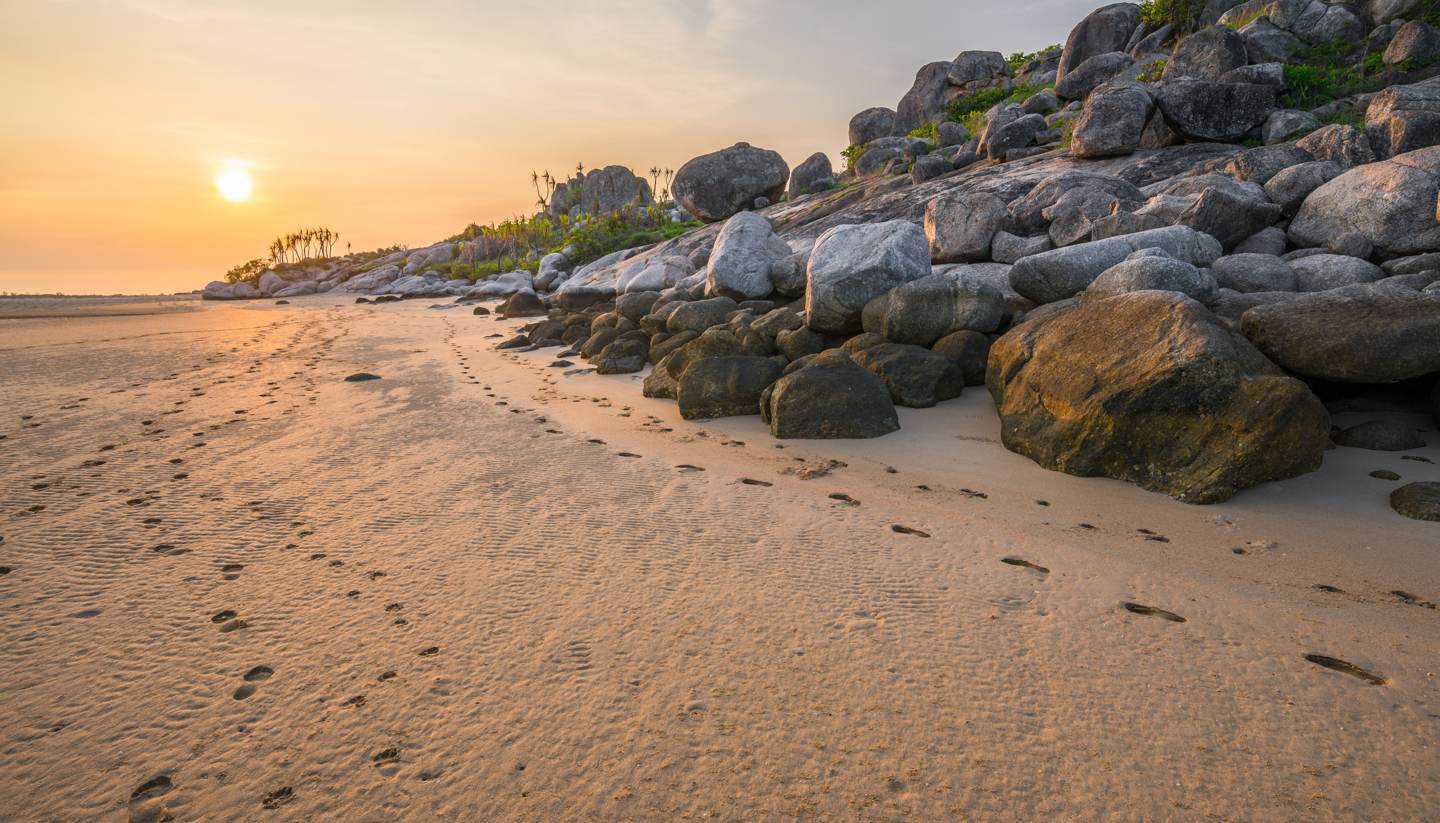Australia Weather, climate and geography
Weather and climate
Best time to visit
Australia is in the southern hemisphere and the seasons are opposite to those in Europe and North America. There are two climatic zones: the tropical zone (in the north above the Tropic of Capricorn) and the temperate zone. The tropical zone (consisting of 40% of Australia) has two seasons, summer ('wet') and winter ('dry'), while the temperate zone has all four seasons.
Spring to summer (October to March): Warm or hot everywhere, tropical in the north, and warm to hot with mild nights in the south. This is the classic tourist season, with northern hemisphere visitors looking to escape winter temperatures and soak up some Antipodean sunshine, although Australia is essentially a year-round destination.
Autumn to winter (April to September): Northern and central Australia have clear warm days and cool nights; the south has cool days with occasional rain but still plenty of sun. Snow is totally confined to mountainous regions of the southeast. At certain times, the southern part of the mainland (as well as Tasmania) can become seriously chilly, so be prepared to wrap up.
Drought is becoming more widespread with southeast Queensland, Victoria and South Australia all badly affected.
Required clothing
Lightweights during summer months with warmer clothes needed during the cooler winter period throughout most of the southern states. Lightweight cottons and linens all year in the central/northern states with warm clothes only for cooler winter evenings and early mornings. Sunglasses, sunhats and sunblock lotion are recommended year round in the north and during the summer months in the south.
Should you arrive in the country without the appropriate clothing or equipment, however, it’s generally no problem to find high-quality items to purchase – there’s no danger of being left to choose from a substandard selection.
Geography
Australia is the world's sixth-largest country, occupying an entire continent surrounded by the Indian and Pacific Oceans. Its landscapes are famously diverse: tropical rainforests in the north, vast deserts across the interior, snow-covered peaks in the Australian Alps, and fertile coastal plains where most of the population lives.
The country's heart is the Outback, a sweeping expanse of red earth, rugged ranges and remote settlements shaped by extreme temperatures and immense distances. To the east runs the Great Dividing Range, separating inland plains from a string of lively coastal cities including Sydney, Brisbane and Melbourne. The west is dominated by wide-open spaces and the modern city of Perth, while the island of Tasmania offers cool forests, dramatic cliffs and abundant wildlife.
Australia's location means its seasons are opposite to those in the northern hemisphere, with summer running from December to February and winter from June to August. Its unique climate zones support a remarkable array of flora and fauna found nowhere else on Earth.




